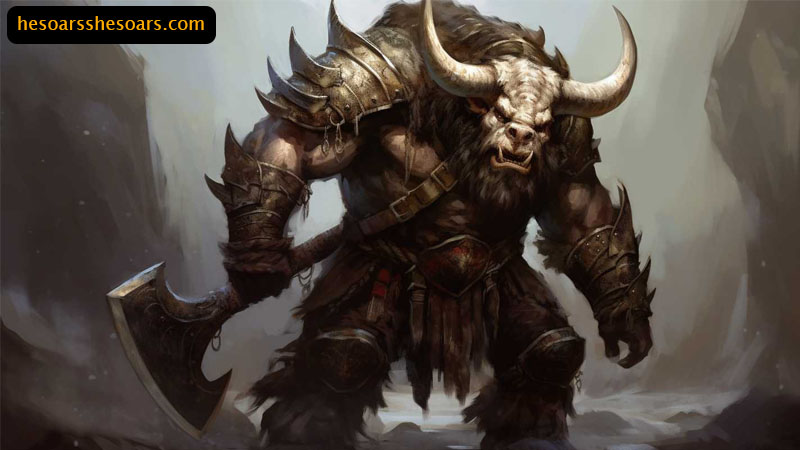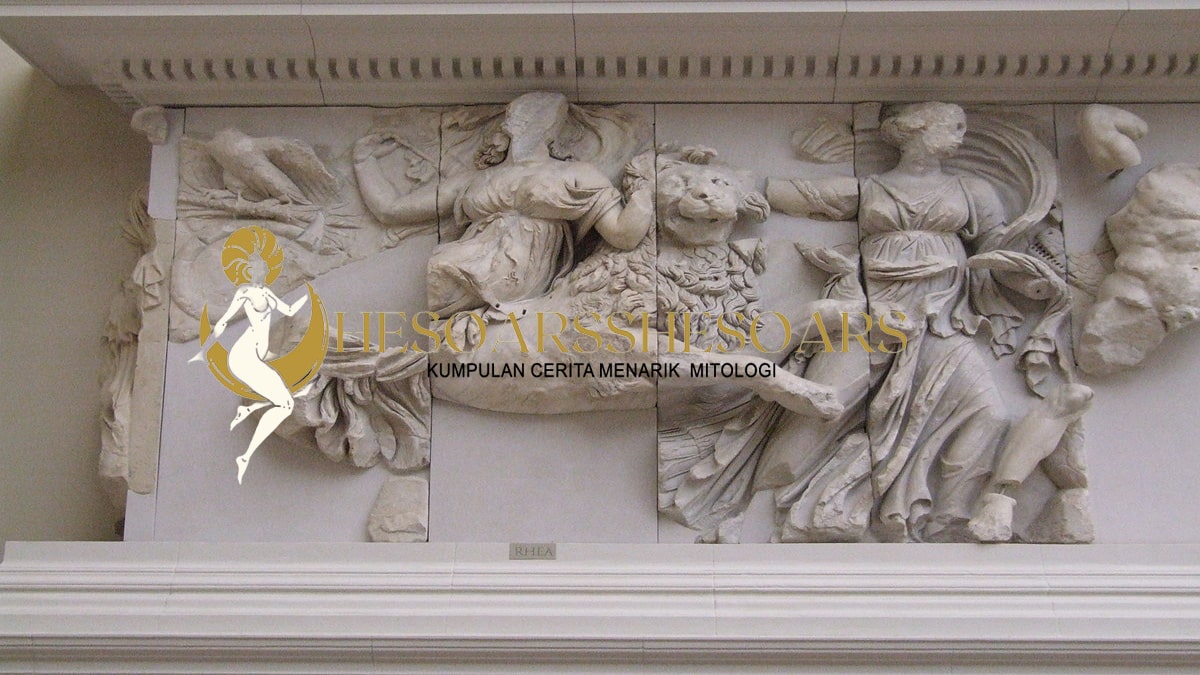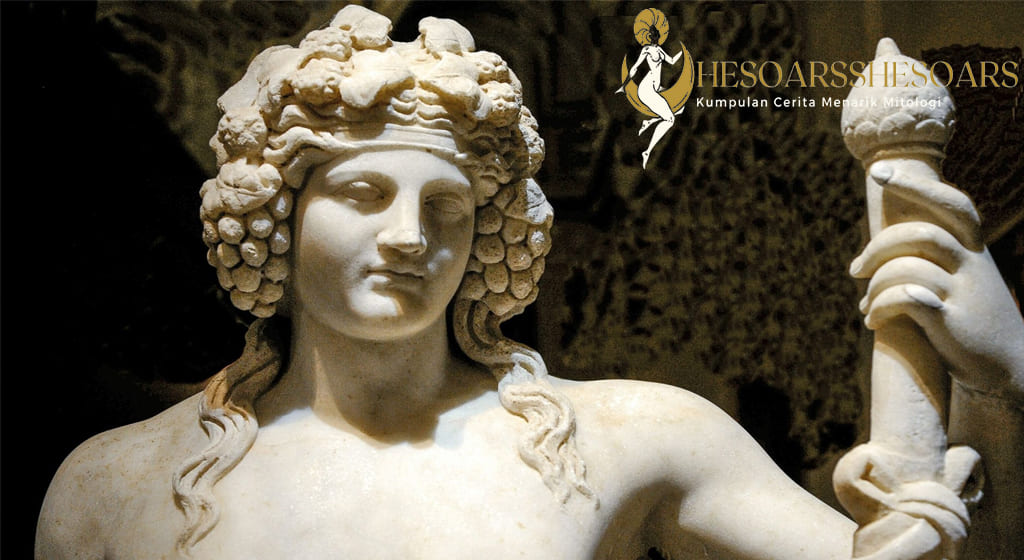Greek mythology. Is replete. With a multitude of fascinating creatures and legends. And one of the most enigmatic figures to emerge from this rich tapestry is the Minotaur. The Minotaur, with its peculiar origins and haunting presence, has captured the imaginations of people for centuries. In this article, we will delve into the intriguing tale of the Minotaur. Tracing its origins and examining its significance in Greek mythology.
Origins of the Minotaur
The Minotaur’s. Legend is. Most famously. Associated with the labyrinth of King Minos of Crete. According to Greek mythology, the Minotaur was born from the unnatural union of Pasiphaë, Queen of Crete, and a magnificent white bull sent by the god Poseidon. King Minos had requested the bull from Poseidon to affirm his legitimacy as ruler, but when he refused to sacrifice the bull as promised, Poseidon caused Pasiphaë to fall in love with it. The Minotaur, half-human and half-bull, was the result of this unnatural union.
Physical Appearance
The Minotaur. Is typically. Depicted as a grotesque creature with the body of a human and the head of a bull. Its monstrous visage adds to the sense of foreboding that surrounds this creature. In most versions of the myth, the Minotaur resided within the labyrinth beneath the palace of Knossos on the island of Crete, where it was fed a regular diet of human sacrifices.
The Labyrinth and the Athenian Tribute
King Minos commissioned the construction of an elaborate labyrinth to contain the Minotaur, designed by the famed craftsman Daedalus. The labyrinth was a complex and bewildering maze from which there was no escape. Athenians, as part of a tribute imposed by King Minos, were periodically sent to Crete to be sacrificed to the Minotaur. Theseus, the hero of Athens, volunteered to be one of the sacrificial youths and vowed to end the gruesome tradition.
The Heroic Quest of Theseus
Theseus, with the help of Princess Ariadne, who had fallen in love with him, successfully navigated the labyrinth and defeated the Minotaur. Ariadne provided him with a ball of thread to unravel as he ventured deeper into the labyrinth and a sword to slay the beast. Theseus ultimately emerged victorious, having slain the Minotaur and escaped the labyrinth.
Symbolism and Interpretations The Minotaur
The Minotaur has been interpreted in various ways throughout history. It is often seen as a symbol of the primal and, representing the darkness that resides within us all. The labyrinth, on the other hand, can symbolize the complexity of the human psyche and the challenges we face in our own personal journeys.
The heroism of Theseus in overcoming the and the labyrinth illustrates the triumph of reason, courage, and determination over the forces of chaos and darkness. This theme resonates with the human experience of confronting and conquering our inner demons.
Cultural Influence
The legend of the Minotaur has left an indelible mark on art, literature, and popular culture. It has been as a source of inspiration for numerous authors, filmmakers, and artists. story has been retold and reimagined in numerous forms, from ancient Greek plays to modern novels and movies.
Conclusion The Minotaur
remains an enduring enigma in Greek mythology. Representing the complexity of human nature and the eternal struggle between light and darkness. Its presence in art, literature, and popular culture continues to captivate and intrigue, ensuring that the legend of the will endure for generations to come.




